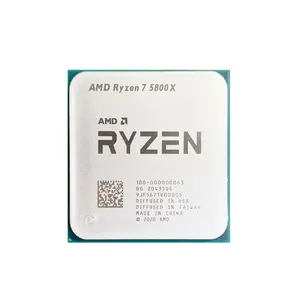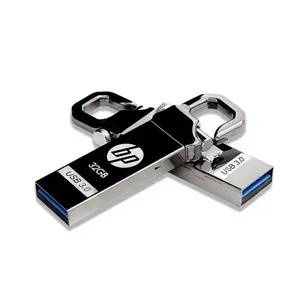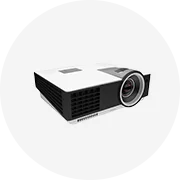Popular na sua indústria



































































Buscas Relacionadas:
























 Pronto para enviar
Pronto para enviar


























































































































Principais categorias
Sobre caixa do computador atx médio
No Alibaba.com, você descobrirá uma vasta coleção de. caixa do computador atx médio disponível em negócios atraentes e adequado para diversas aplicações. caixa do computador atx médio são essenciais para manter juntos e proteger a maioria dos componentes de computadores pessoais. Para desempenhar suas funções de forma eficaz. caixa do computador atx médio deve possuir propriedades desejáveis para que os computadores sejam eficientes. Eles são aplicados em diferentes áreas, como em computadores pessoais, em negócios e em instituições.
Estes. caixa do computador atx médio vêm em materiais incríveis que são robustos e fortes para suportar forças mecânicas e proteger componentes delicados do computador. Os materiais garantem que todos. caixa do computador atx médio são duráveis para permitir que os computadores tenham um desempenho ideal por um longo tempo. Com designs inovadores, o. caixa do computador atx médio promove resfriamento e distribuição de calor excelentes enquanto repele poeira e outras partículas que podem prejudicar o desempenho.
A ampla seleção de. caixa do computador atx médio em Alibaba.com leva em consideração todas as especificações e necessidades de diferentes usuários. Assim, todos os tamanhos, cores e designs de. caixa do computador atx médio estão disponíveis para sua escolha. Todos eles são da mais alta qualidade porque os vendedores certificados inscritos no site cumprem os padrões regulamentares. Estes. caixa do computador atx médio fornece espaço adequado para unidades de fonte de alimentação, baias de unidade e painéis traseiros que acomodam conectores periféricos.
Aproveite todos esses recursos, identificando ao máximo adequado para você no Alibaba.com. Explore diferentes. caixa do computador atx médio e aceite aquele que atende perfeitamente às suas necessidades. Todos. Os vendedores de caixa do computador atx médio no site fornecem produtos de primeira linha que garantem que não importa quanto dinheiro você gaste; você colhe o retorno máximo.


































